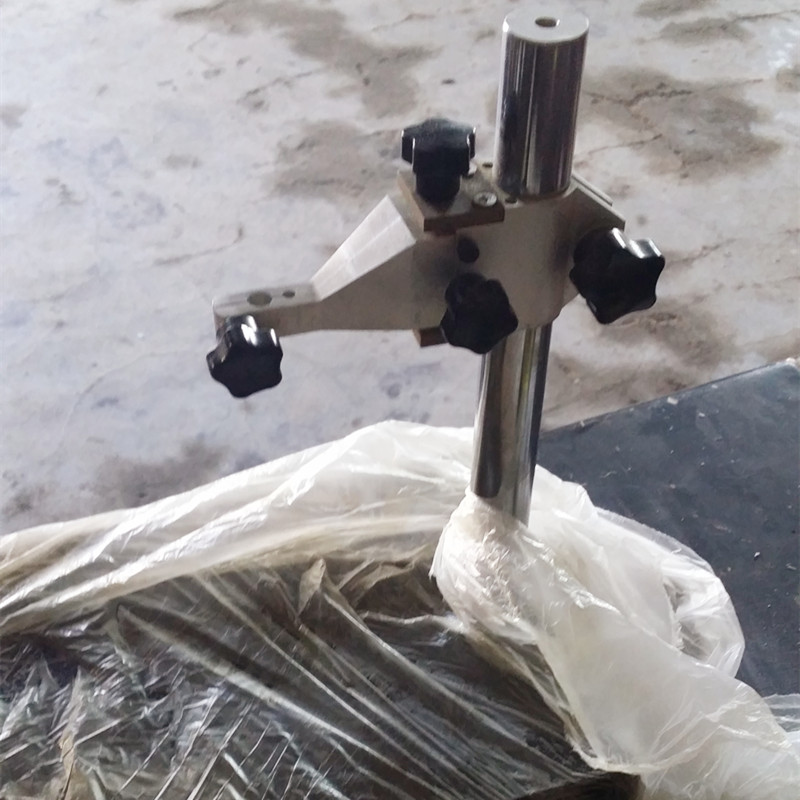Sep . 08, 2024 18:48 Back to list
different types of water valves
Different Types of Water Valves A Comprehensive Overview
Water valves are essential components in plumbing systems, playing a critical role in regulating the flow of water. Understanding the different types of water valves can help homeowners, plumbers, and engineers make informed decisions while designing or repairing water distribution systems. In this article, we will explore various types of water valves, their functions, and applications.
1. Gate Valve
Gate valves are designed to allow or stop the flow of water by raising or lowering a gate. They are typically used in applications where the valve remains either fully opened or fully closed. This type of valve provides minimal resistance to flow, which makes them ideal for high-pressure environments. However, gate valves are not suitable for throttling flow, as this can damage the gate.
2. Globe Valve
Globe valves are favored for their ability to control flow effectively. They consist of a spherical body and a movable disk that regulates water flow through the valve by lifting or lowering. Globe valves are frequently used in applications requiring frequent adjustments to flow rates, as they can maintain a steady flow and prevent water hammer.
3. Ball Valve
Ball valves use a spherical disc to control flow. When the valve is turned on, the hole in the ball aligns with the flow direction, allowing water to pass through. When closed, the ball rotates to block the flow. Ball valves are known for their durability and excellent sealing capabilities, making them ideal for on/off applications in various plumbing and industrial settings.
different types of water valves

4. Check Valve
Check valves are installed to prevent backflow in a system, ensuring that water flows in one direction only. They automatically close if there is a reversal in flow, protecting pumps and other equipment from damage. Check valves are crucial in preventing contamination in drinking water systems and are commonly used in wastewater management.
5. Pressure Relief Valve
These valves play an important safety role in plumbing systems by releasing excess pressure. Pressure relief valves are typically spring-loaded and open when the pressure exceeds a predetermined level, allowing excess water to escape and preventing potential damage to piping and appliances. They are widely used in water heaters and industrial applications.
6. Solenoid Valve
Solenoid valves are electrically controlled valves that automate the flow of water based on electrical signals. These valves are ideal for systems that require precise control, such as irrigation systems or automatic water dispensers. They can open or close quickly, making them essential for applications where rapid response times are necessary.
Conclusion
Choosing the right type of water valve is critical for the efficiency and safety of any plumbing system. Each valve type serves a unique purpose and has its own advantages and disadvantages. Understanding these various types allows individuals to select the most appropriate valve for their specific needs, whether for residential, commercial, or industrial use. By recognizing the functions and applications of different valves, we can ensure the proper management and utilization of one of our most precious resources water.
-
Why Metric Trapezoidal Thread is Ideal for Precision Motion ControlNewsAug.05,2025
-
The Unique Properties of a Block of Granite for Industrial UseNewsAug.05,2025
-
The Role of Flanged Y Strainers in Preventing Pipeline ClogsNewsAug.05,2025
-
The Importance of Regular Calibration for Master Ring GagesNewsAug.05,2025
-
How a Cast Iron Surface Table Enhances Accuracy in ManufacturingNewsAug.05,2025
-
Comparing Different Check Valve Types for Optimal Flow ControlNewsAug.05,2025
Related PRODUCTS









